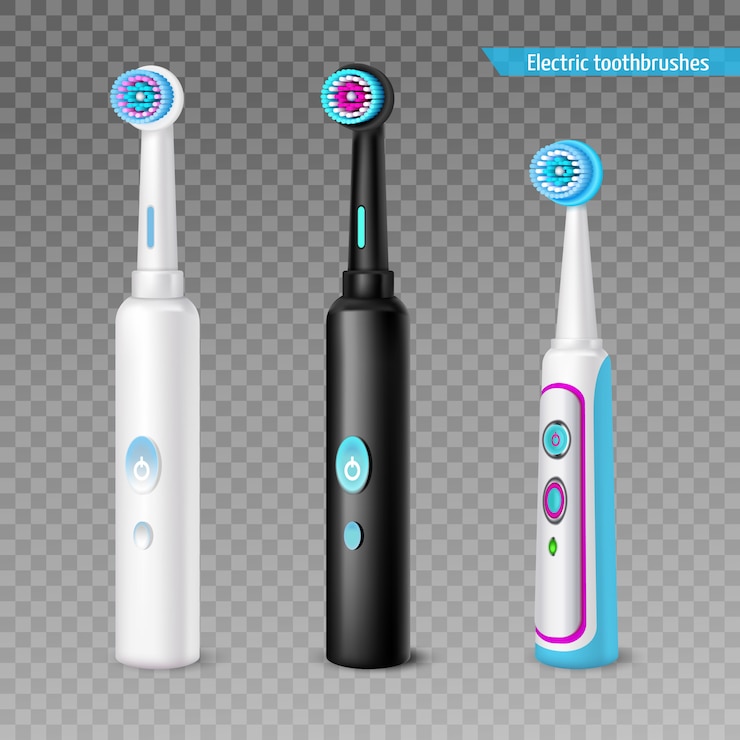
Dental experts recommend brushing your teeth twice a day to maintain good oral hygiene, but this habit is challenging for many people. A 2014 survey by Delta Dental found that only 70% of people actually brush twice daily. Additionally, the American Dental Association suggests brushing for about two minutes each time, which is considered the ideal duration for effective cleaning.
Electric toothbrushes offer numerous benefits, with convenience being a standout feature. For those with shoulder or wrist injuries, an electric toothbrush can reduce strain and inflammation, making brushing easier and less painful over time. This hands-free convenience can encourage better brushing habits and even prevent repetitive motion injuries. It’s especially helpful for individuals in jobs that require a lot of hand movement, like typing, as it minimizes strain to the arms and wrists at the start or end of a busy day.
Studies have shown that electric toothbrushes excel at removing plaque, which is essential for preventing issues like bad breath, gum disease, and tooth decay. These toothbrushes have been tested rigorously in clinical settings, with some models proving more effective at cleaning hard-to-reach areas compared to manual brushes. For people concerned about keeping their teeth as clean and healthy as possible, electric toothbrushes are a great option.
When shopping for an electric toothbrush, it’s important to consider several key features. Many models offer adjustable speeds and pressure sensors, which can make brushing more effective and comfortable—especially for those with gum issues such as gingivitis. Pressure sensors prevent discomfort and bleeding by minimizing excessive force on the gums. Brush head design is another factor to think about: traditional oval-shaped heads are familiar and effective, but some models offer hybrid or specialized shapes for different preferences.
Features like built-in timers and quadpacers can help ensure you’re brushing effectively. A timer encourages a full two minutes of brushing, while a quadpacer divides the time into 30-second intervals to guide you in cleaning each section of your mouth evenly. This is especially useful if you struggle to focus on timing during your morning routine. Premium models may even include visual aids to improve your brushing technique.
The design and ergonomics of the handle are equally important, especially for extended use. Handles designed to reduce strain on the wrist or elbow are beneficial for individuals with conditions like carpal tunnel syndrome or other repetitive motion injuries. These features make brushing more comfortable and help reduce inflammation caused by manual effort.
Battery life is another factor to consider, particularly for those who plan to travel. Higher-end models often come with long-lasting batteries, ensuring they’ll last between charges without issue. Some even include hybrid options that allow for interchangeable features, providing flexibility based on your needs.
Electric toothbrushes come in a wide range of prices, so setting a budget beforehand can help narrow down your choices. While high-end models with advanced features can cost several hundred dollars, there are many great options available for under $100, with basic models priced anywhere from $15 to $50. Budget-friendly toothbrushes under $10 might not include features like a timer or long battery life, but they can still provide a decent brushing experience if you’re okay with fewer options. Balancing cost and features is key to finding the right toothbrush for your needs.